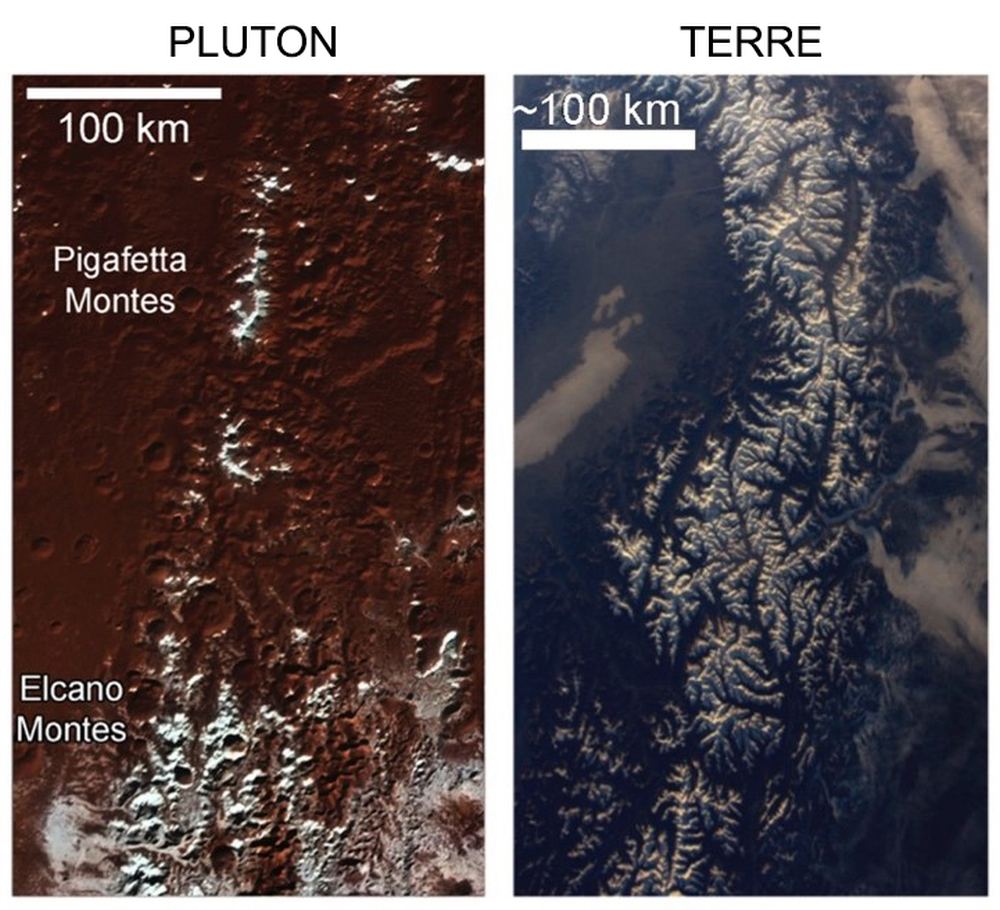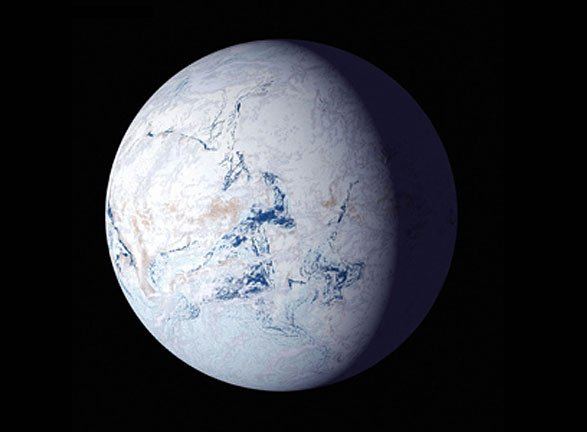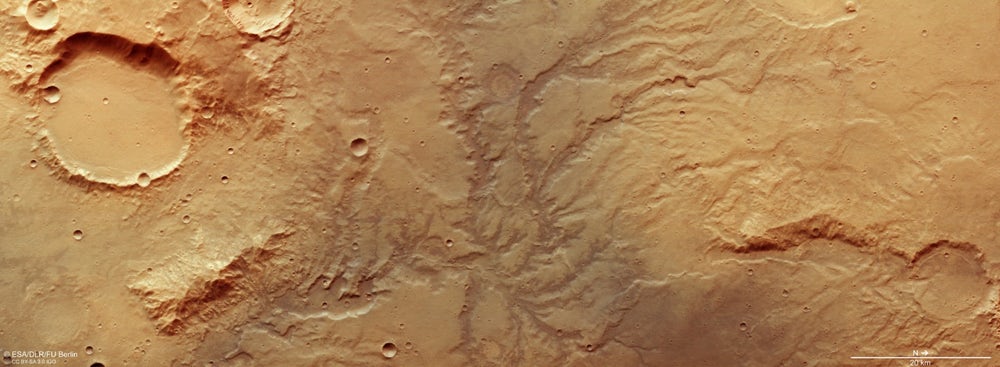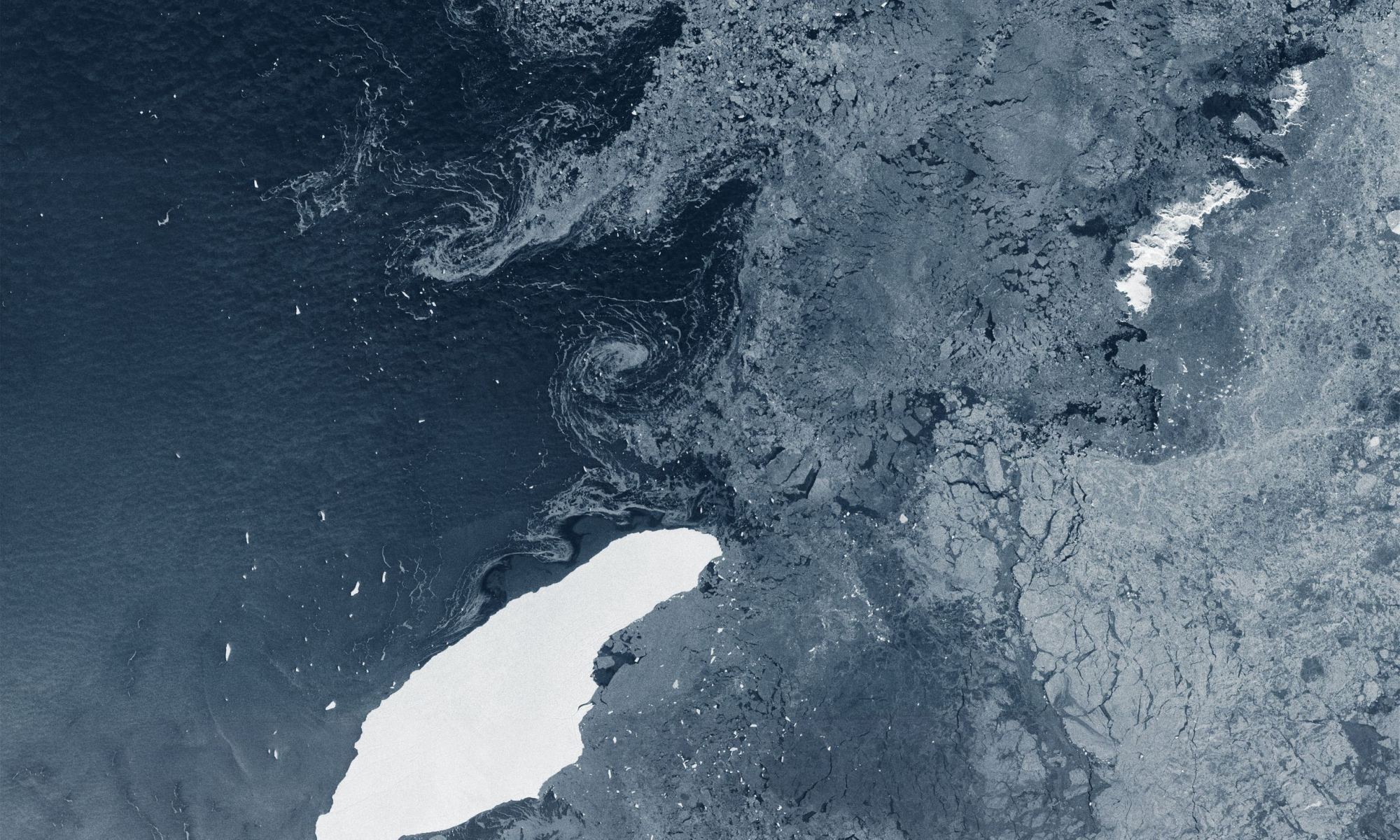According to multiple sources – which includes NASA, the NOAA, the Berkeley Earth research group, and the Met Office Hadley Centre (UK) – global temperatures over the past few years have been some of the hottest on record. This is the direct result of anthropogenic factors like overpopulation, urbanization, deforestation, and increased greenhouse gas emissions (like carbon dioxide and methane).
According to a recent press release from NASA, in terms of global temperatures, 2020 was the hottest year on record – effectively tying it with 2016 (the previous record-holder). The release includes a dramatic video that illustrates average temperature increases since 1880 and the ecological crises that have taken place just this past year. This is yet another warning of how human agency is impacting the very systems we depend upon for our continued survival.
Continue reading “2020 Ties for the Hottest Year on Record”
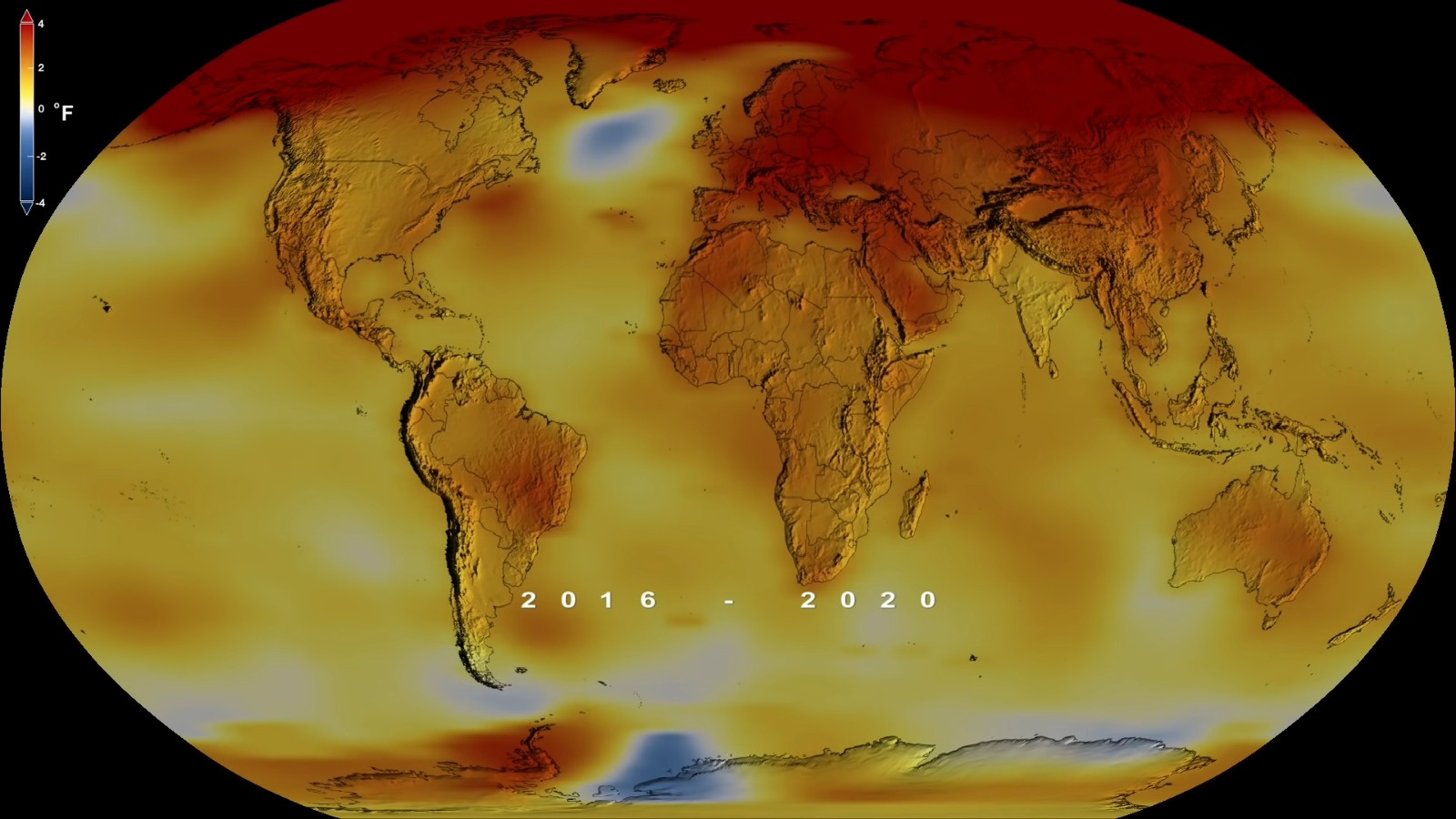
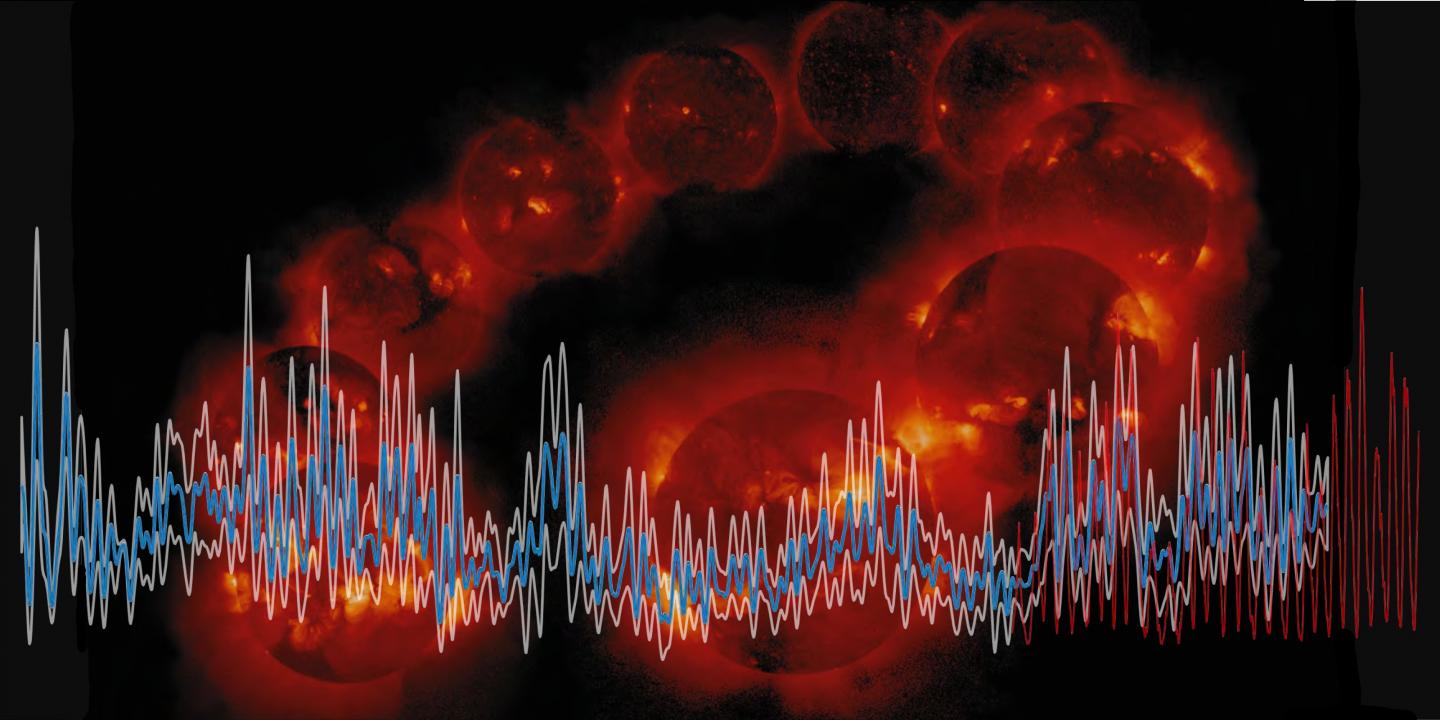
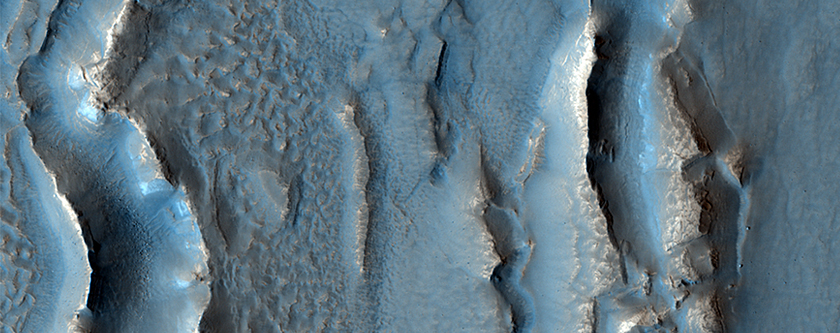
![This illustration shows the percentage of marine animals that went extinct during Earth's worst extinction at the end of the Permian era by latitude, from the model (black line) and from the fossil record (blue dots).A greater percentage of marine animals survived in the tropics than at the poles. The color of the water shows the temperature change, with red being most severe warming and yellow less warming. At the top is the supercontinent Pangaea, with massive volcanic eruptions emitting carbon dioxide. The images below the line represent some of the 96 percent of marine species that died during the event. [Includes fossil drawings by Ernst Haeckel/Wikimedia; Blue crab photo by Wendy Kaveney/Flickr; Atlantic cod photo by Hans-Petter Fjeld/Wikimedia; Chambered nautilus photo by John White/CalPhotos.]Justin Penn and Curtis Deutsch/University of Washington](https://www.universetoday.com/wp-content/uploads/2018/12/Penn_sumfig_final.jpg)
